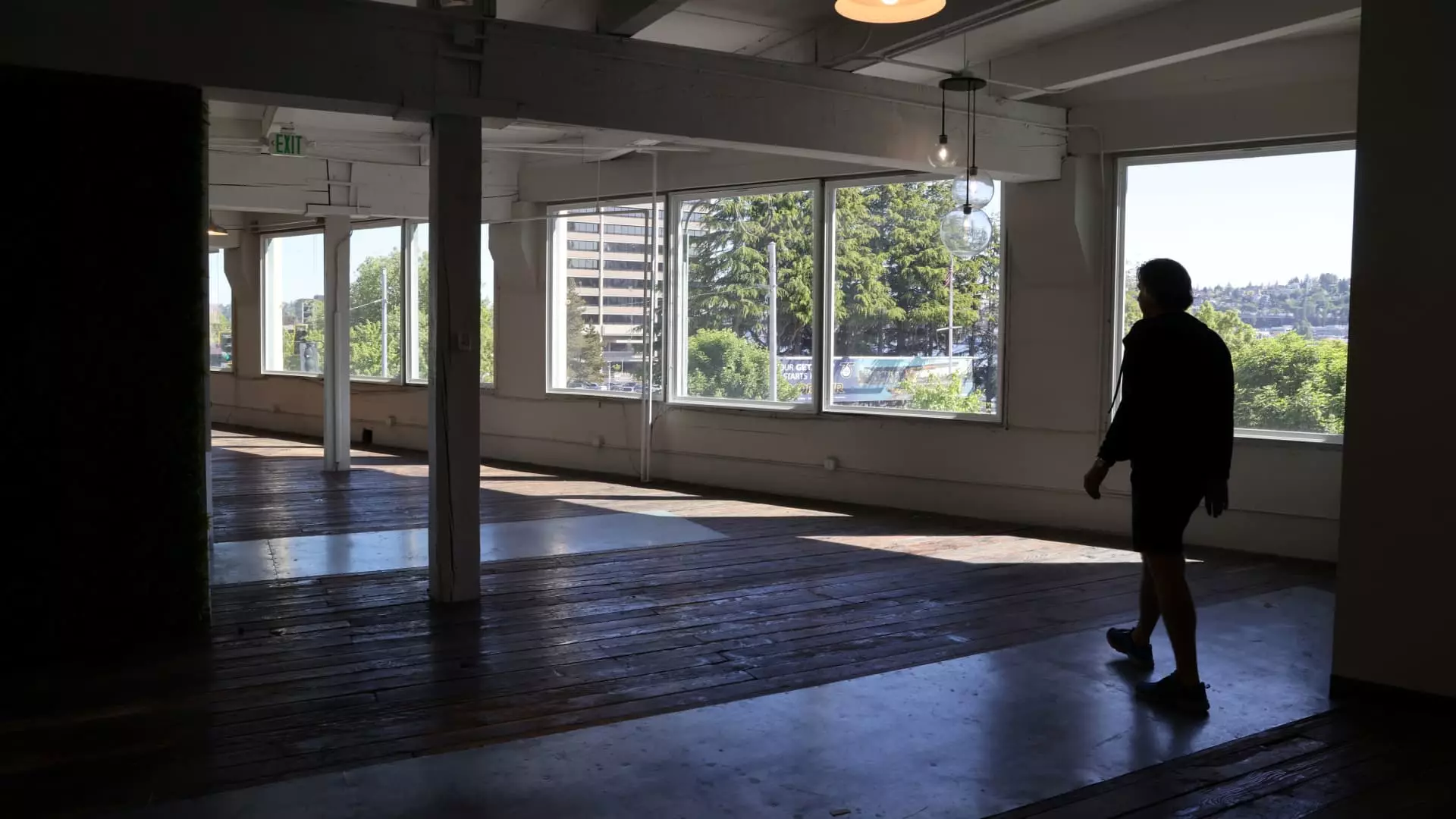The U.S. office market has been a rollercoaster of uncertainties, fluctuating between highs and lows over the last few years. Now, new data reveals a startling transformation: for the first time in a generation, the demolition and conversion of office spaces will surpass new constructions. This shift signifies more than numbers; it marks a crucial turning point for commercial real estate amidst changing societal norms and work behaviors. The trend isn’t merely statistical; it reflects a profound change in how we perceive workspaces in a post-pandemic world. The relentless march towards a remote-centric work culture has exposed the vulnerabilities of traditional office spaces, leading to a deep-seated re-evaluation of their viability.
While some may view the increasing demolitions and conversions as a harbinger of doom, it is crucial to recognize the potential benefits of this shift. Indeed, it showcases an adaptive response to the evolving labor landscape, where rigid office environments are being reimagined to better suit contemporary work life. More than simply losing square footage, this trend reflects a burgeoning opportunity to repurpose once-rigid structures into flexible and vibrant spaces that cater to modern needs.
The Rise of Adaptively Reused Spaces
According to research from CBRE Group, a very exciting aspect of this new trend is the possibility of transforming obsolete office spaces into multifamily residences. The data illustrates a promising future where vacant office buildings can become vibrant communities filled with residential units. With office conversions yielding approximately 33,000 new apartments or condominiums since 2016, it’s clear that creative adaptations can significantly benefit urban areas. Not only do these transformations meet the pressing demand for housing, but they also breathe new life into neighborhoods once dominated by underutilized office spaces.
However, recognizing this metamorphosis as a boon doesn’t mean ignoring the challenges it entails. Structural changes come with their set of hurdles. As the pool of buildings suitable for conversion decreases, developers may find it increasingly daunting to adapt remaining properties. Elevated costs connected to construction, labor, and financing can further complicate the landscape. Addressing these challenges requires a proactive approach that encourages innovation in both design and funding mechanisms.
An Increasing Demand for Office Space
Despite the hurdles, there’s a glimmer of optimism in the office leasing sector. Recent figures indicate a notable uptick in office-leasing activity, revealing that the market isn’t stagnant. While vacancy rates remain elevated, the rebound in office rents—especially for prime Class A spaces—could signal a resurgence in trust among investors and developers alike. The rise in net absorption rates gives credence to this belief, showcasing that, even amidst adversity, certain markets can reclaim previous vitality.
Employers are beginning to recalibrate their workplace strategies, pushing forth hybrid models that combine remote and in-person attendance. This mitigation of strict policies implies a growing acceptance of returning to physical office environments, albeit in different capacities. As companies realize that a well-structured office space can boost morale and collaboration, the demand is likely to continue its upward trajectory.
The Impact on Neighborhood Vibrancy
The transformations taking place in the office market can also foster a sense of vibrancy in urban neighborhoods. By converting outdated structures into accessible living spaces, cities can benefit from a surge in both foot traffic and community engagement. The resultant diversification of neighborhood commerce creates an energetic atmosphere that can enhance local businesses and transform previously stagnant areas into dynamic locales.
Jessica Morin from CBRE has emphasized the strategic implications of removing obsolete office spaces to facilitate a more vibrant urban ecosystem. This isn’t just about real estate; it’s also about cultivating a sense of belonging within communities that values both work and life balance. As neighborhoods adapt, they can become genuinely multifaceted environments that cater to various lifestyles.
Ultimately, while the road to recovery for the office market may be rife with complexities, the possibilities for innovation and adaptability underscore an optimistic narrative. Embracing change while recognizing the nuances involved could herald a new era for commercial real estate—one marked not by the loss of space, but by the creation of lively, multifaceted communities.


Leave a Reply